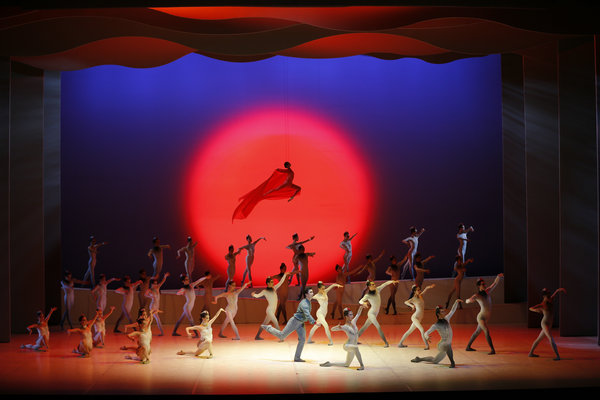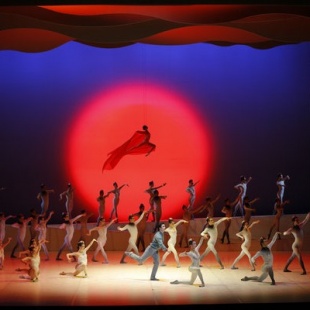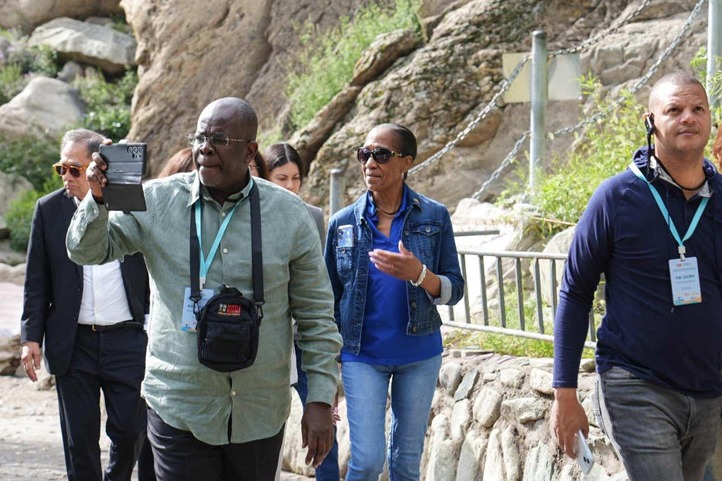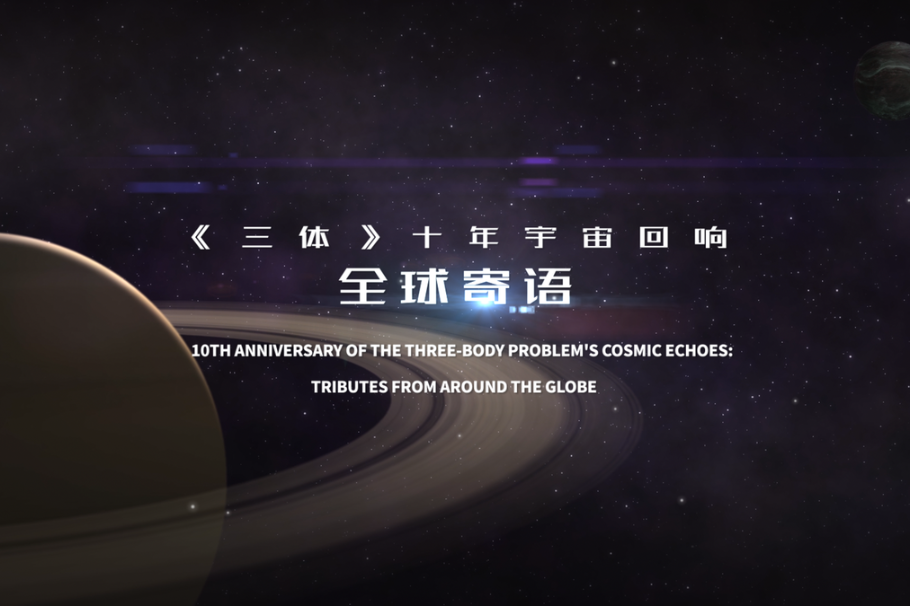Tribute to crane conservationist spins into a new generation


The National Ballet of China will mark the 10th anniversary of its original ballet piece, The Crane Calling — a poignant tribute to a Chinese woman named Xu Xiujuan (1964-87) who sacrificed herself to save cranes in a rainstorm — with a new version set to take flight.
The production will be staged at Beijing's Tianqiao Theatre from Sept 24 to 28, unveiling a fresh interpretation for a new generation of audiences with its graceful choreography and deep emotional resonance.
The ballet tells the story of the young woman who, after graduating from university, dedicates herself to the arduous work of crane conservation. She gives everything to protect these magnificent creatures, eventually sacrificing her life to save them.
The idea was inspired by the National Ballet of China's tour of Qiqihar city in Northeast China's Heilongjiang province in October 2008, when they visited the Zhalong Nature Reserve, a habitat for cranes.
"We discussed the cranes and thought their gestures and movements were as beautiful as dancing," recalls Feng Ying, artistic director and president of the ballet company.
"It reminded us of the dancing swans in Swan Lake, and we thought, 'Why don't we try to dance like the cranes?'"
The locals told them the real story of Xu who died protecting cranes.
To bring the story to life, the creative team embarked on an immersive journey into nature. They visited wildlife sanctuaries, observed the cranes' behavior, and engaged with conservationists to study Xu's life and work.
The ballet became a labor of love, evolving through countless revisions, each one mastering the portrayal of these majestic birds through ballet's graceful and expressive movements.
The Crane Calling is not only a tribute to Xu's life but also an exploration of the human spirit, of dreams chased and ideals pursued, Feng notes.
With delicate choreography, it weaves an anthem of youth, love for life, and the harmony between humanity and nature.
"The ballet speaks about the importance of environmental conservation and the beauty of living in harmony with the world around us. It powerfully reflects China's ancient reverence for cranes — symbols of purity, nobility and eternal beauty — bringing to life a visual tapestry of Chinese culture that is both breathtaking and meaningful," she says.
"As the story returns to the stage, we invite audiences to witness the delicate dance of life, death and rebirth — forever enshrining Xu Xiujuan's legacy as both a hero and a symbol of nature's enduring beauty."
The ballet's influence has reached well beyond China. In 2017 and 2018, the production was invited to perform at prestigious ballet festivals in Hamburg, Germany, and New York, the United States, where it received rave reviews.
As the 10th anniversary approaches, the original creative team has reunited to bring a new rendition to audiences.
Among the returning team members are choreographers Zhang Zhenxin and Ma Cong, composer Shen Yiwen, and set designer Gong Xun. The production will be performed by a vibrant, new generation of dancers that embody the youthful spirit of pursuit and the ethereal beauty of the cranes.
Composer Shen will conduct the symphony orchestra of the National Ballet of China for the first time. This new musical interpretation will enhance the experience, delivering a grand, harmonious celebration of life, nature, and the enduring bond between humans and the creatures they protect, Shen explains.





































